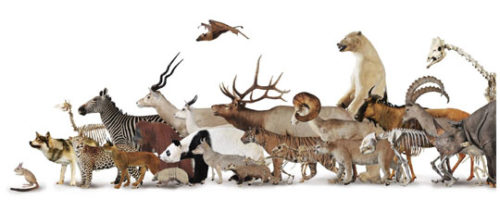
In child-bearing mammals, placenta is a specialized organ made of both parental and embryonic tissue. The placenta is an organ that develops in the womb during pregnancy.
As a treasure house of concentrated nourishment, placenta is supporting the baby’s growth and development in the womb during the entire pregnancy process. Placenta is responsible for transporting vital nutrients and oxygen to growing baby, whilst removing carbon dioxide and other waste products.
Placenta contains numerous biologically active substances including those which babies are unable to produce by themselves. It contains abundant levels of nutrients, amino acids, vitamins, minerals, natural growth factors, antioxidants and other nourishment which are necessary to ensure optimum growth and development.
Ironically, placenta is also the only organ that body makes and then gets rid of at the time of delivery. In a normal delivery process, body will naturally push it out through vaginal. Usually, human placenta weighs around 1 pound.
The practice of human placentophagy (the act of consuming placenta after birth) has been recorded throughout the world and was popularized by famous celebrities. Some people believe that the nutritional value of placenta can help to boost body energy and enhance breast milk production. They say the placenta can balance body hormones to prevent postpartum depression and insomnia. However, the research on human placentophagy is still at infancy.
Besides human placentophagy, the usage of animal placenta for the purpose of rejuvenation and treatment of various chronic diseases has also been documented in the history since 5000 years ago.
Recent Comments